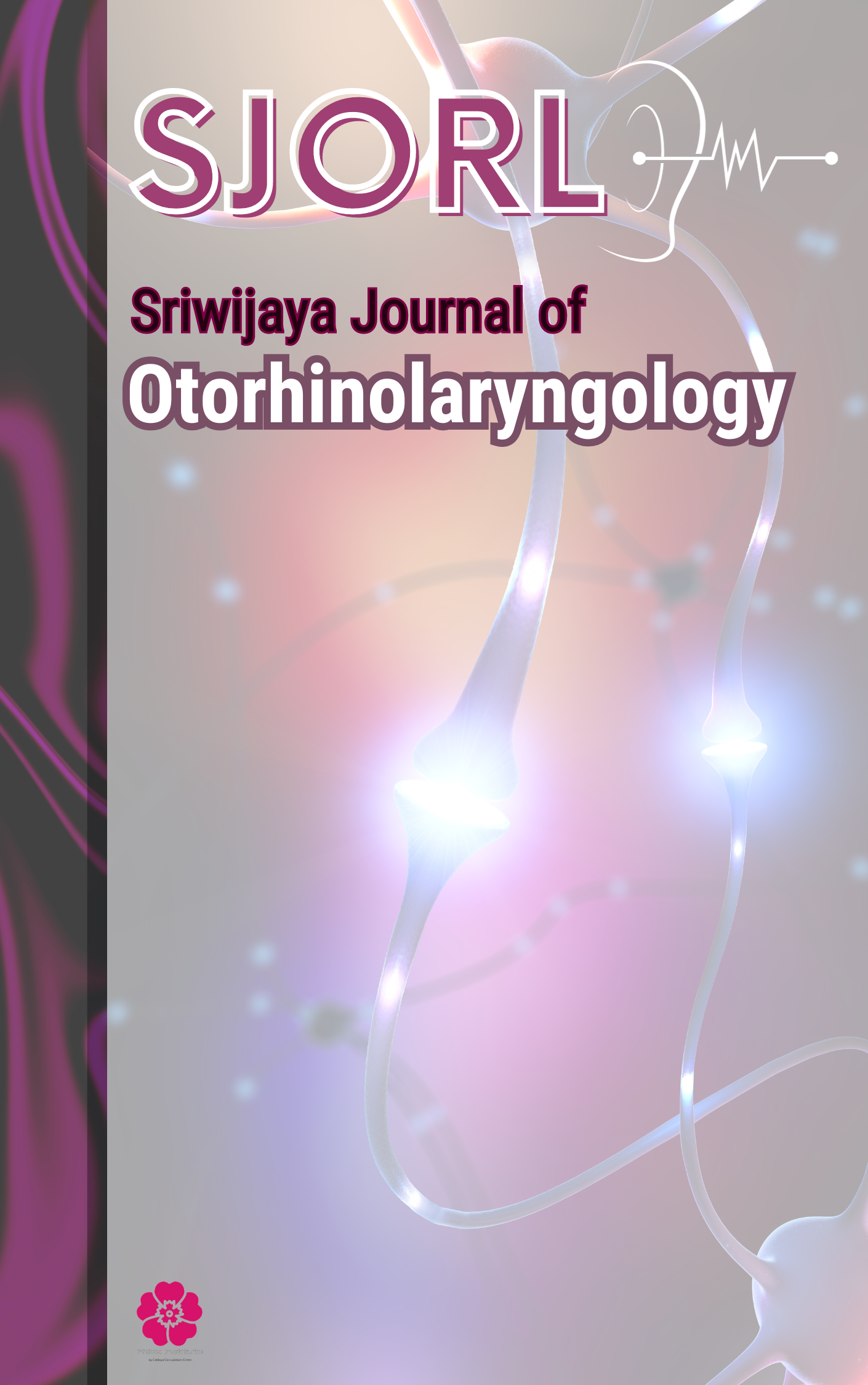Main Article Content
Abstract
Introduction: Voice disorders significantly impact quality of life. The Voice Handicap Index (VHI) is a widely used patient-reported outcome measure, but its applicability is limited by linguistic and cultural factors. Indonesia, with its diverse languages, requires culturally adapted versions. This study aimed to develop and validate the Indonesian Voice Handicap Index adapted for Javanese and Sundanese speakers (I-VHI-JS).
Methods: The original English VHI was translated into Indonesian, Javanese, and Sundanese using a rigorous forward-backward translation process. A cross-sectional study was conducted involving three groups: (1) individuals with voice disorders (n=150; Javanese speakers = 75, Sundanese speakers = 75), (2) age- and gender-matched vocally healthy controls (n=150; Javanese speakers = 75, Sundanese speakers = 75), and (3) a test-retest reliability group (n=50; Javanese speakers = 25, Sundanese speakers = 25) from the voice disorder group. Participants completed the appropriate I-VHI-JS version. Otolaryngological examination and acoustic voice analysis (jitter, shimmer, noise-to-harmonics ratio) were performed. Internal consistency (Cronbach's alpha), test-retest reliability (intraclass correlation coefficient - ICC), construct validity (known-groups comparison), concurrent validity (correlation with acoustic parameters), and discriminant validity (receiver operating characteristic - ROC curve analysis) were assessed.
Results: The I-VHI-JS demonstrated excellent internal consistency (Cronbach's alpha > 0.90 for all versions) and test-retest reliability (ICC > 0.85 for all versions). Significant differences in I-VHI-JS scores were found between the voice disorder and control groups (p < 0.001) for all language versions, confirming construct validity. Moderate correlations were observed between I-VHI-JS scores and some acoustic parameters (e.g., jitter, r = 0.45, p < 0.01; shimmer, r = 0.40, p < 0.01). ROC curve analysis showed excellent discriminant ability (area under the curve - AUC > 0.80 for all versions).
Conclusion: The I-VHI-JS is a reliable and valid instrument for assessing voice-related handicaps in Indonesian, Javanese, and Sundanese speakers. It can be used in clinical practice and research to evaluate the impact of voice disorders and monitor treatment outcomes.
Keywords
Article Details
Sriwijaya Journal of Otorhinolaryngology (SJORL) allow the author(s) to hold the copyright without restrictions and allow the author(s) to retain publishing rights without restrictions, also the owner of the commercial rights to the article is the author.

